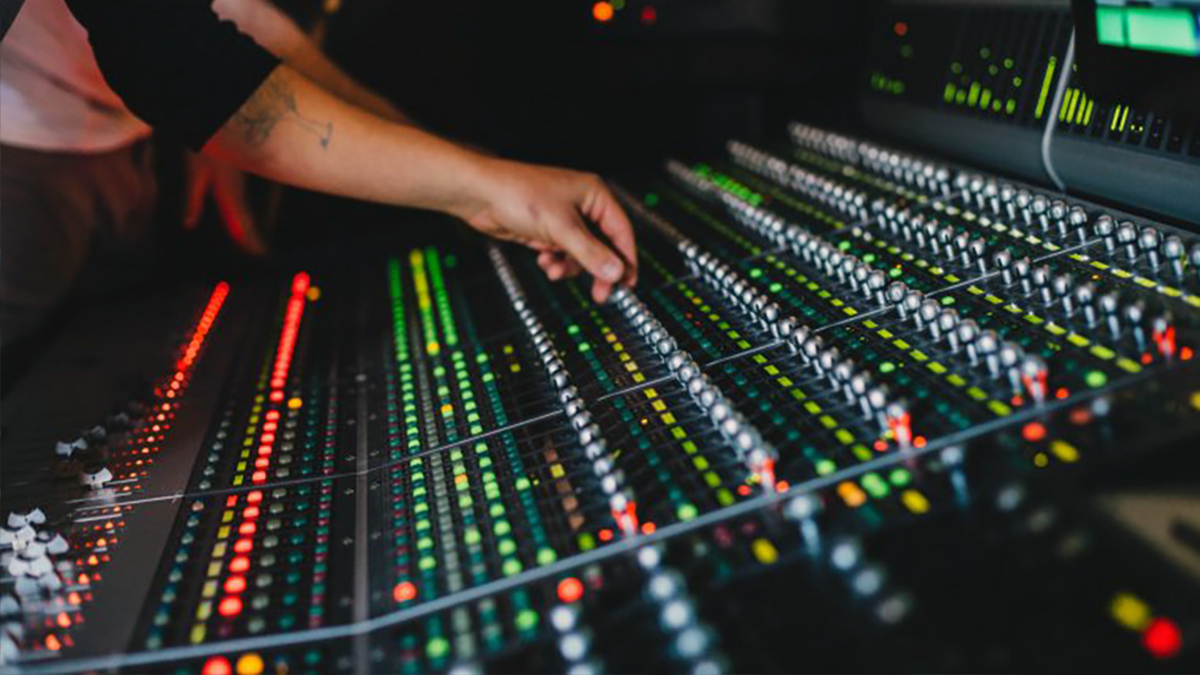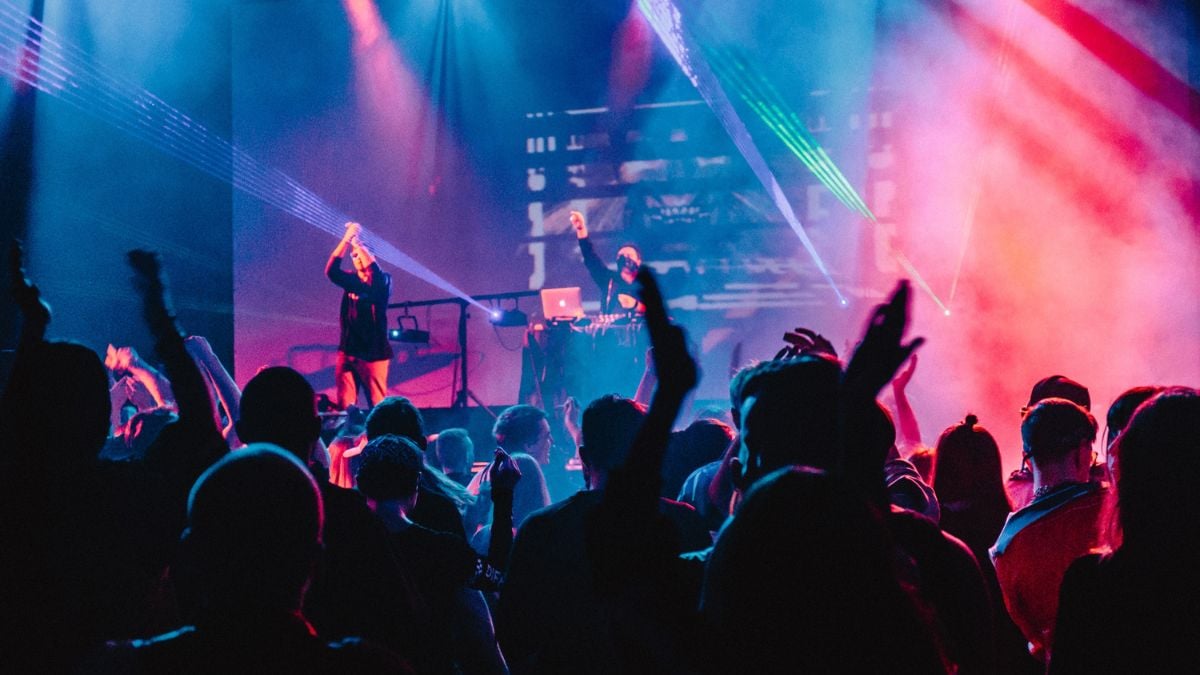3 Ways To Evaluate The Quality Of Your Mix

It’s finally finished. After long hours in the studio, you have carefully crafted the perfect mix. You want to share your masterwork, so you send it to a friend, and you go round to their house because you want to see their face when they hear the exquisitely balanced music you have created. You get there, and to your horror, they are playing your tune out of their laptop speakers and it sounds terrible!
But here’s the problem – you can’t control how people listen to your music once it’s out there in the big, wide world. While your mix might sound good in your room, on your monitors, that is no guarantee it will sound good in a different room or coming out of a TV, or on a club sound system.
The idea of professional monitoring systems and mixing rooms is that they color the audio as little as possible so that the music mixed there translates well to any scenario. The problem with home studio set-ups is that the monitors and the room color the sound – music that sounds great in this scenario may not translate at all well to other situations.
So what can we do to fix this? While there is no real substitute for a great room and great monitoring, there are a few things we can do, on even a tight budget, that will lift our mixes to a much more professional level.
1. Compare And Contrast
The best thing you can do is to go out and listen to your mix on as many speaker systems as you can, in as many different spaces as possible. Listen on your car stereo, on your kitchen radio, out of your phone speaker. These speaker systems do not have to be of good quality. In fact, it is often useful to listen on poorer systems, as this is how many people will hear your music.
Many pro studios have a battered old stereo (or ‘grot box’) set up as part of their monitoring system, as it is so important that a mix sounds good through these kinds of speakers.
You will start to hear that on certain systems your mix feels a little unbalanced, too boomy, or too harsh. These alternative listening scenarios can uncover flaws in your mix that you simply can’t hear in your studio. The idea here is to keep tweaking your mix until it sounds consistently great across as many systems as possible.
2. Buy Some Good Headphones
Even if you invest in expensive monitors, the room that they are situated in will still most likely color their sound. Unfortunately, in-home studios we can’t always modify our rooms sufficiently to make them neutral. This means that actually, for producers on a really tight budget, investing in really high-quality headphones is actually the fastest way to improve your monitoring.
You can buy real high-end headphones for under $300, and you just can’t get monitors of comparable accuracy for that price. Add to that the fact that your room won’t color the sound of your headphones, and it becomes obvious that they are an invaluable tool for mixing. Beware though, they can tell you a lot, but it is hard to place mixed elements in a stereo field on headphones. Ideally, you should use them with, not instead of, monitor speakers. There are many great options available, a couple of fantastic examples being Beyerdynamic's DT880 Pro and Sennheiser's HD650.
3. Use Frequency Analysis
If we can’t always trust our ears 100% in a home studio set-up, maybe our eyes can lend a bit of a hand. Frequency analysis tools are a godsend – and you probably already own one. Many DAWs come with one as standard, and if you don’t have one already, you can pick one up for free. Place a frequency analyzer on your mix bus and take a look at your mix. If you are aiming for a full-sounding mix (and most of us probably are), then you should see a nice, even spread across the frequency spectrum.
Are there peaks or troughs in some places? If so, your monitoring set-up is probably not allowing you to hear those frequencies accurately. Try modifying your mix to flatten these out – it will probably translate better to other systems.



Comment on this post on SoundGym Community